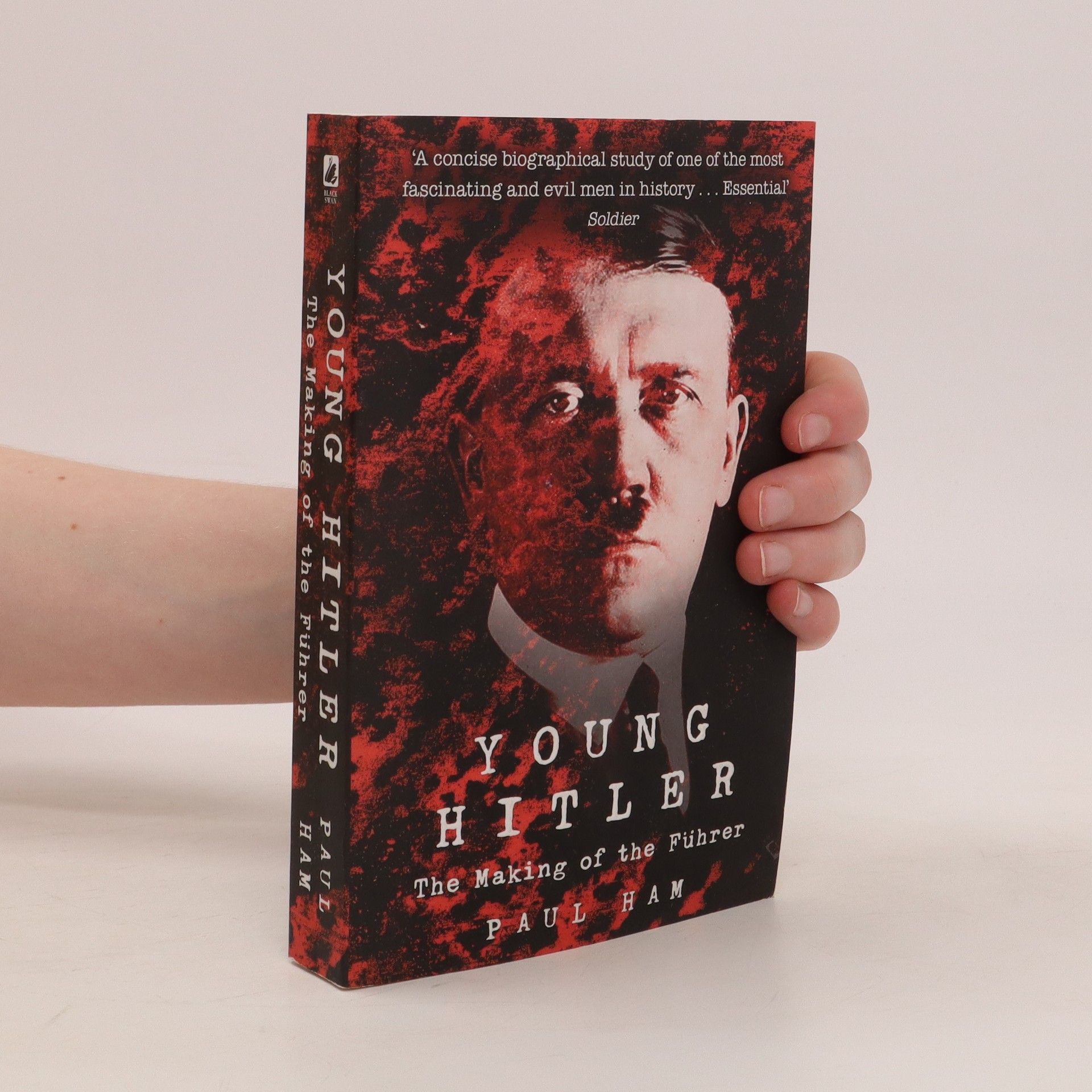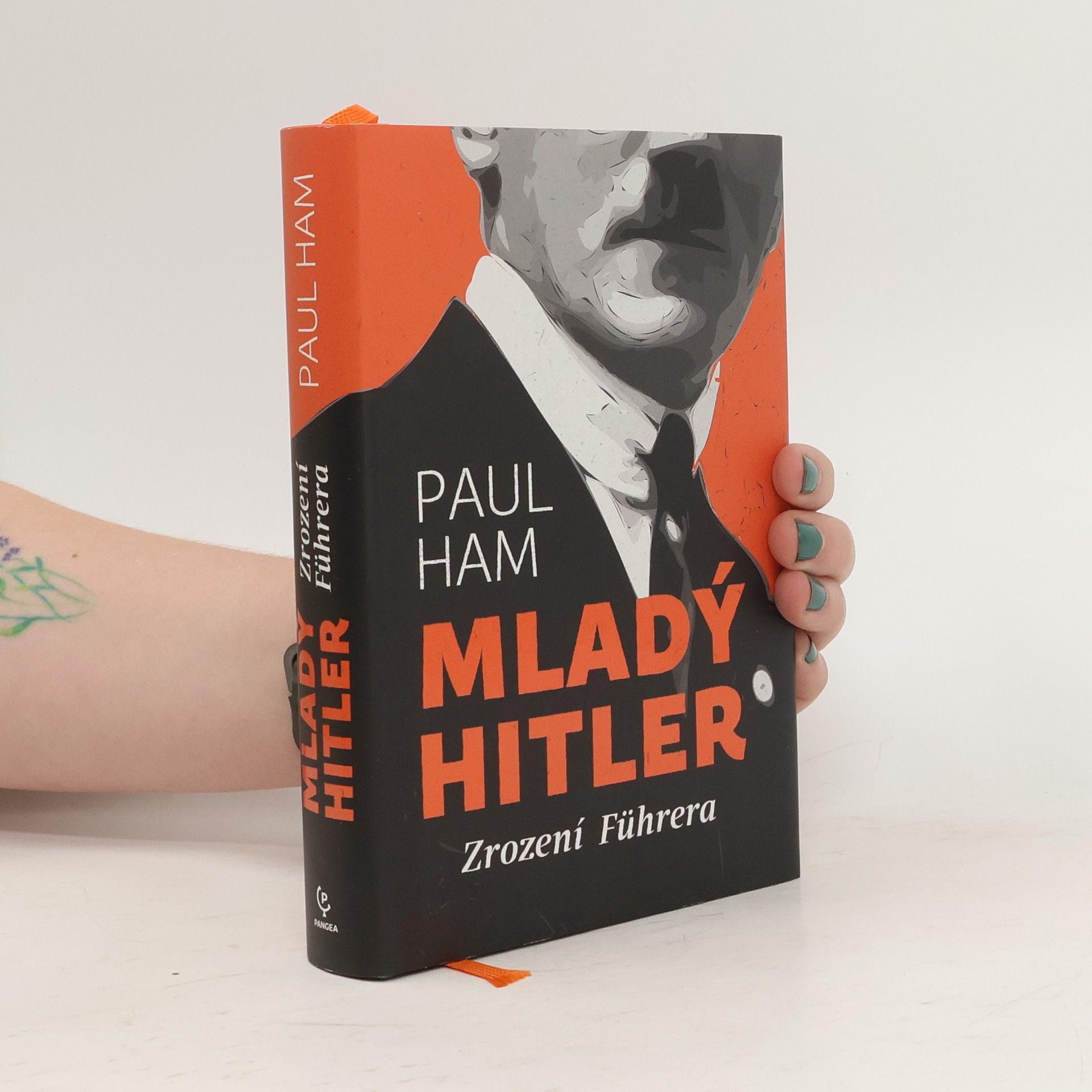Mladý Hitler: Zrození Führera
- 304 stránok
- 11 hodin čítania
Paul Ham se ve své knize snaží odhalit osobnost člověka opředeného mýty. Popisuje Hitlerovo dětství, zážitky z války a počátky jeho politické kariéry a hledá odpověď na otázku, jaký měly všechny tyto události vliv na Hitlerovu cestu k moci. Když šel Adolf Hitler v roce 1914 do války, bylo mu 25 let. Později tyto časy popsal jako „nejúžasnější období svého života“. Když první světová válka skončila, ležel Hitler v nemocnici dočasně oslepený yperitem. Jakmile se mu navrátil zrak, naskytl se mu strašlivý pohled: Německo bylo poraženo, císař uprchl a armáda byla v katastrofálním stavu. Hitler se s těmito skutečnostmi nikdy nesmířil. Přepadla ho obrovská nenávist a neukojitelná touha pomstít se „zločincům“, kteří podepsali příměří. Socialistům, jež vinil z toho, že vrazili armádě nůž do zad. A především Židům, kteří podle něj představovali bezprostřední hrozbu pro nadřazenou rasu a byli hlavní příčinou veškerého utrpení Německa…



